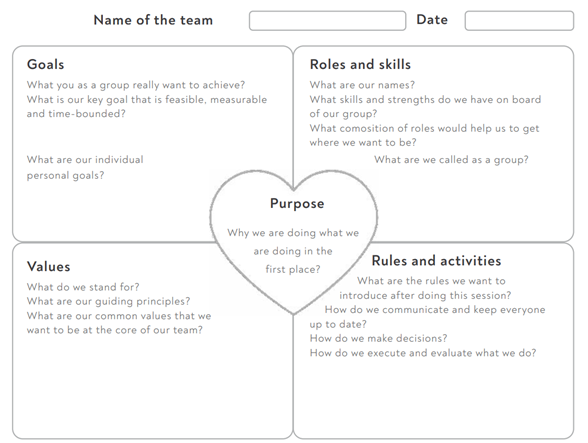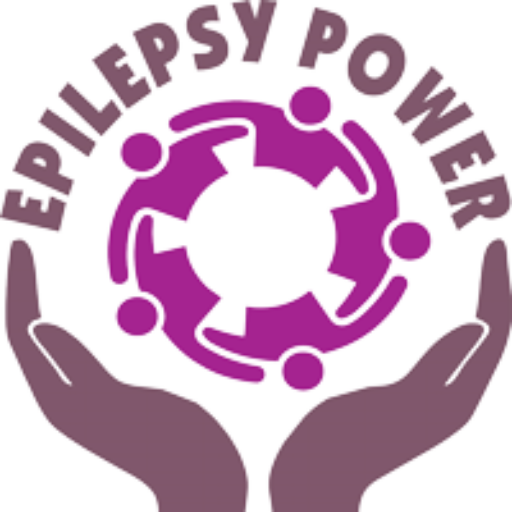- Introduction
- Section 1: Assignment of tasks - What do people with epilepsy need?
- Section 2: Assignment of tasks – sensitisation to needs within the team
- Section 3: Long-term goal: self-organising tasks
- Concluding remarks
- Quiz
The question of how tasks should be assigned to people with epilepsy is not one that has a universally applicable answer. In general, it’s fundamental to align with the specific needs, preferences, and any required adjustments of the affected employee. It’s crucial for employers and employees to collaborate closely to establish a safe and supportive working environment. Creating a good working environment shouldn’t be dictated from the top or left to the employee with epilepsy alone. The whole team should be involved.
Therefore it’s important for the employer to create a space for discussions. Engaging in such discussions is crucial, not only to enhance the quality of the results through the inclusion of more relevant personnel but also to foster greater acceptance of the solutions devised for the integration of individuals with epilepsy into the workplace. These conversations should take place in a secure setting where all parties involved feel comfortable. For example, do individuals with epilepsy require additional support during discussions from a trusted individual or a specialist? These questions should be asked and their wishes should be accommodated. Is it perhaps beneficial to involve an epilepsy expert to create a supportive work environment?
The common goal should always be to create an inclusive, diverse, and respectful working environment where all employees have equal opportunities and access to career prospects.
Nevertheless, there are some concrete recommendations to consider when organising tasks for people with epilepsy:
- Flexibility in working hours: Regular, short breaks during the workday can help to reduce stress and keep stress levels low. The option to avoid overtime or engage in remote work can also be beneficial.
- Clear task distribution: Tasks should be clearly and explicitly defined, and communication between the employer and employee should be open and transparent. Written instructions can be useful in avoiding misunderstandings.
When organising tasks for people with epilepsy, it’s important not to exclude them. The entire team should be considered, including the roles and tasks that individuals with epilepsy take on within the team structure. To do this, it’s important to understand the tasks and role distribution within the team. For this purpose, you can use the tool ‘Team Canvas’.
Team Canvas is a free tool that enables structured discussions about key topics and allows you to summarise your insights.. The Team Canvas tool was developed for collaboration, and it quickly reveals how individual team members perceive crucial framework factors and tasks, including those who may have specific needs due to epilepsy.
The following aspects are addressed by Team Canvas:
- Goals
- Roles and skills
- Purpose
- Values
- Rules and activities
Team Canvas allows for adapting a vision and understanding a team’s actual needs and aspirations that go beyond what is formally defined in the organisational structure. Working with Team Canvas reduces the potential for future conflicts and supports a team’s decision-making in its work routines. It is designed to be inclusive, which tries to break with established team hierarchies and therefore fosters acceptance and ownership of the decisions agreed on. Since you learn a lot about your team and the organisation itself, it is especially useful during the process of onboarding a new team member or during a period of reorientation and fundamental change. Team Canvas is a valuable tool for both in-person and remote work.
Team Canvas provides a good starting point to determine what employees, including those with epilepsy, need to collaborate effectively as a team.
Team Canvas:

Task: Create your Team Canvas
Conduct a Team Canvas with your team using the following instructions. The aim is to answer the questions for both the employee with epilepsy and the rest of the team.
Introduce the Team Canvas as a tool to align the team members and better understand your team’s goals, roles, and values. Go through each step with the team, making sure you ask the questions (see below) for each segment. Encourage people to write their answers on sticky notes and talk about them with the team. Make sure that you agree on a common consensus in each field. Use a timer for each step to apply some time pressure, so the team focuses on getting to the point in each section discussion. If some conversations take a relatively long time or seem to touch upon more significant issues, consider parking these questions then during the Team Canvas session and plan a separate meeting to address them specifically.
- Goals [5 minutes]
Ask the team members to agree on common goals and mention their personal goals for the team, e.g., in a project. Questions: • What do we as a group want to achieve? • What is a feasible goal that is measurable and time-bounded? • What are the personal goals that we want to share within our team?
- Roles & Skills [5 minutes]
Ask people to put their names on sticky notes, as well as their roles. If a person has multiple roles, use separate notes. Questions: • What are our names? • What skills and strengths do we have in our group? • How can the team be structured and allocated tasks to effectively reach our goals?? • What are we called as a group?
- Purpose [10 minutes]
Ask the team to go one step beyond their common goal and to explain why they do what they do. Questions: • Why are we doing what we are doing in the first place? • What is the most important thing that makes us pursue our common goal?
- Values [5 minutes]
Ask the team what the core values are – the most important principles – that they want to share within the group. The team should agree on what they are, so everyone accepts the final set. Questions: • What do we stand for? • What are our guiding principles? • What are the shared values that we want to be at the core of our team?
- Rules & Activities [10 minutes]
Ask the team to agree on standard rules and activities. Think of this as the outcome of the previous sections: a concrete set of rules and activities they want to implement. Questions: • What are the rules we want to introduce after doing this session? • How do we communicate and keep everyone up to date? • How do we make decisions? • How do we execute and evaluate what we do?
- Wrap up [5 minutes]
As you close a Team Canvas workshop, ask the team members to talk about one most crucial insight they gained during the workshop.
At the end, the Team Canvas is filled with sticky notes from the team. The result of the Team Canvas should be recorded and made available to the team for future reference.
